Carpets are cozy, stylish, and perfect for making a house feel like home. But while carpets add comfort, they also trap dirt, dust, and liquids in ways that hard floors don’t. A quick pass with a regular vacuum may lift surface dust, but spills, sticky messes, and moisture sink deeper into carpet fibers.
That’s where a wet and dry vacuum for carpet comes in. Unlike a regular vacuum, which only handles dry dirt and dust, a wet and dry vacuum cleaner tackles spills, stains, and moisture head-on without the drama. In this guide, we’ll explain how wet and dry vacuums work on carpets, how to choose the right one, and step-by-step tips for using them so you can keep carpets cleaner without the stress.

Is a Wet and Dry Vacuum Good for Carpets?
The short answer: yes. Wet and dry vacuums are ideal for everyday spills, especially in homes with kids or pets.
However, they aren’t a magic solution for every carpet problem. They remove surface moisture, debris, and light stains, but they don't replace professional deep cleaning or the kind of regular care outlined in our guide on How to Vacuum Your Carpet Effectively.
According to the Institute of Inspection, Cleaning and Restoration Certification (IICRC), carpets with set-in stains, odors, or contamination from flooding need specialized treatment. So, a wet and dry vacuum is a powerful helper for maintenance and emergencies, but not a substitute for deep fiber rinsing.
Make Sure the Wet/Dry Vacuum Is Compatible with Your Carpet
Not all wet and dry vacuums suit every carpet. Pile thickness, material, and density affect performance, and the wrong vacuum can damage delicate fibers.
Types of Carpets and How Wet/Dry Vacuums Work on Them
- Low-pile carpets and rugs (<1/4"): Perfect match. These carpets are easy to vacuum with a wet and dry machine, as liquids and debris don’t get buried too deep.
- Medium-pile carpets (1/4"–1/2"): A balanced choice. They need suction power in the 8,000–22,000 Pa range and a brush that’s designed for carpets. Too much pull can seal the vacuum head onto the fibers, making it hard to move and less effective. A vacuum with an adjustable brush head makes the job smoother and protects the pile.
- High-pile or shag carpets (>1/2"): More challenging. Look for airflow of at least 22,000–25,000 Pa and flexible heads that can reach into longer fibers without tangling. A cordless upright may struggle here; a high-performance wet and dry model is the safer bet.
|
Carpet Type |
Thickness |
Recommended Suction/Airflow |
|---|---|---|
|
Low-pile |
< 1/4" |
~8,000 Pa or higher |
|
Medium-pile |
1/4" – 1/2" |
8,000–22,000 Pa |
|
High-pile |
> 1/2" |
22,000–25,000+ Pa airflow |
Carpet material also makes a difference. Wool and nylon carpets are durable but can trap moisture more deeply, making strong suction valuable. Cotton blends absorb liquids quickly but dry slower, so fast extraction helps. Synthetic fibers like polyester or olefin are easier to clean, as they resist stains and don’t hold onto moisture as long.
What Wet/Dry Vacuums Are Not For
- Stubborn, set-in stains: You’ll need chemical rinses or professional-grade carpet extractors.
- Odor removal: Wet and dry vacuums don’t deodorize.
- Large-scale water damage: If your carpet has been soaked in floodwater, call professionals certified by the IICRC.

How to Use a Wet/Dry Vacuum Cleaner for Carpet
Once you’ve got the right wet and dry vacuum for carpet, using it correctly makes all the difference. Here’s a practical step-by-step guide:
Step 1: Prep the Area
Clear small furniture and objects. Make sure the carpet is dry; treat any liquid spills off-carpet and allow fibers to dry before vacuuming.
Step 2: Attach the Carpet-Specific Brush
This is crucial. Ensure you’ve switched from the hard floor brush to the dedicated carpet brush. The right brush protects your carpet and maximizes cleaning efficiency.
Step 3: Select Dry/Carpet Mode & Set Suction
Use Dry/Carpet Mode (not Wet Mode) and adjust suction so the head glides without sealing. Some Dreame models, such as H15 Pro CarpetFlex, can auto-detect the brush type and adjust the working mode accordingly.
Step 4: Work in Sections
Don’t rush. Move slowly across the carpet in overlapping passes. For larger carpets, divide the space into quadrants.
Step 5: Tackle Hair and Edges
Use the edge/crevice tool around baseboards. Anti-tangle tech (e.g., TangleCut™ 2.0) reduces hair wrapping on the brush.
Step 6: Post-Clean Care
Empty and rinse the dirty tank after each session. A wide-mouth tank design makes this process much easier. Remove any hair from the brush and check pathways.
[product handle="h15-pro-carpetflex-wet-dry-vacuum" rating="4.7"]
Dos and Don’ts of Vacuuming Carpets with a Wet/Dry Vacuum
Do:
- Use the carpet brush and Dry/Carpet Mode on rugs and carpets.
- Adjust suction/height so the head doesn’t seal to the pile.
- Make slow, overlapping passes; repeat on traffic lanes.
- Empty the bin and clean the brush roll after each use.
Don’t:
- Don’t use Wet Mode on carpet or attempt to extract liquid from carpet with a vacuum.
- Don’t use the hard-floor brush on carpet.
- Don’t vacuum while fibers are damp; let spills dry first.
- Don’t ignore care labels (e.g., wool) or vacuum large objects/liquids.
What to Look for in a Wet/Dry Vacuum If You Have Carpets
Shopping for the best wet and dry vacuum cleaner for carpet can be overwhelming. Use this checklist to narrow your choices:
- Carpet compatibility: Make sure the vacuum is truly designed for carpets and not just hard floors. If multi-surface cleaning is important, choose a model that can adapt suction and brush settings between floor types.
- Brush design & anti-tangling: Dedicated carpet brushes or motorized brush rolls help agitate fibers effectively. Features like Dreame’s TangleCut™ 2.0 prevent hair wrapping, saving time on maintenance.
- Suction power and airflow: Strong suction (for example, around 18,000–24,000 Pa) is vital for pulling dust, dirt, and moisture out of the pile. Look for a sealed system that maintains power.
- Tank hygiene: A wide-mouth, easy-to-clean tank is a must. Models with self-cleaning and self-drying functions, like the Dreame H14 Pro, add convenience.
- Dust control: If anyone in your home has allergies, look for sealed HEPA filtration systems that trap dust before it becomes airborne. Advanced systems like the H15 Pro CarpetFlex’s MistLock Dust Control add another layer of protection by locking in fine particles and reducing dust escape when emptying the tank.
- Maneuverability: Check the weight and wheel design. A swivel head and low-friction wheels make cleaning less of a workout. The SmoothGlide system in H15 Pro CarpetFlex adapts the wheels for easy push and pull on various surfaces.
- Runtime and power: Cordless units should provide at least 30–40 minutes of runtime; corded ones need a generous cord length. The H15 Pro CarpetFlex runs up to 60 minutes in Quiet Mode and about 40 minutes in Smart Mode, giving plenty of time to handle medium- to large-size homes.
- Smart guidance UI: Models that offer dirt detection and tank indicators make cleaning more intuitive.

When a Wet/Dry Vacuum Isn’t Enough
Sometimes you’ll need more than a wet and dry vacuum cleaner for carpet. If your carpet smells musty, has old stains, or has been exposed to dirty water, a wet and dry vacuum alone won’t cut it. In these cases, you’ll need:
- A carpet extractor for deep chemical rinsing.
- Professional cleaning services, especially for large contaminated areas.
Conclusion
A wet and dry vacuum for carpet is more than just a tool—it’s peace of mind, saving time, protecting your carpet, and keeping your home fresher.
Look for features like carpet brushes, strong suction, and easy tank cleaning. Dreame’s H15 Pro CarpetFlex is purpose-built with carpets in mind, bringing a flexible brush design and powerful suction that make everyday cleaning effortless. Other models like the H15 Pro Heat and H14 Pro also offer excellent wet and dry cleaning performance.
You can pair any of these with Dreame’s robot vacuums, such as the X50 Ultra or L40s Ultra, for a complete system that keeps every corner of your home spotless. For more tips on extending carpet life, check out Carpet Care Tips: 7 Cleaning Hacks You Should Know.
FAQs
Q: Can you use a regular vacuum for wet carpet?
A: No. Standard vacuums aren’t built to handle liquids and can short-circuit or be damaged.
Q: Is there a vacuum and carpet cleaner in one?
A: Yes, some 2-in-1 models exist, but they don’t replace deep rinsing. For thorough results, use a carpet extractor.
Q: What is the best wet/dry vacuum cleaner for carpet?
A: The Dreame H15 Pro CarpetFlex offers versatile performance for a variety of cleaning needs, while the H15 Pro Heat provides faster drying for added convenience.














































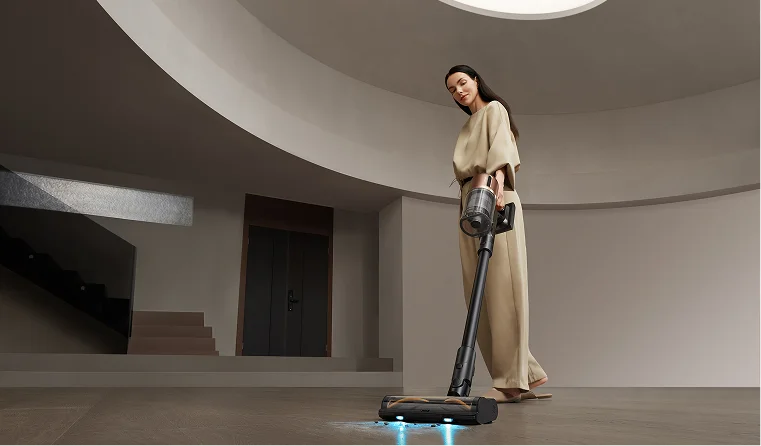
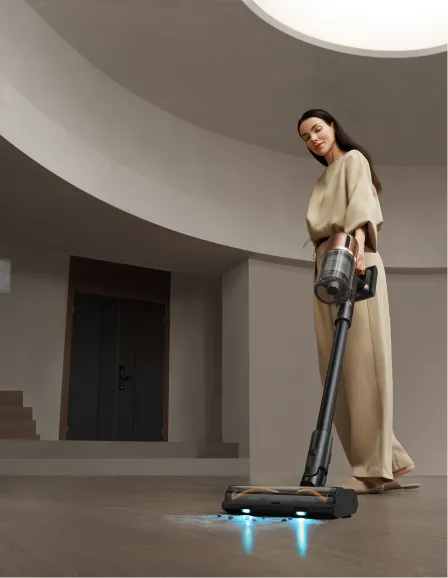

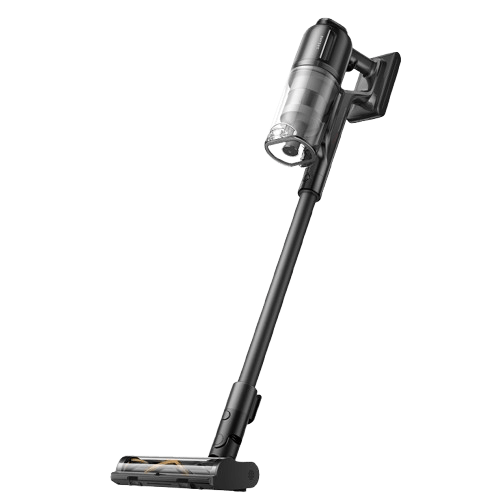

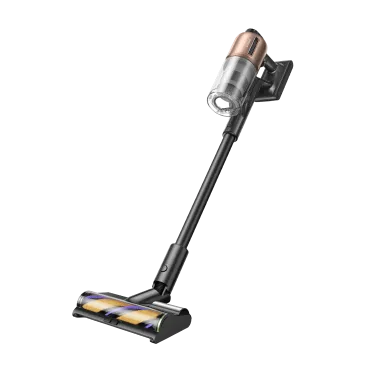
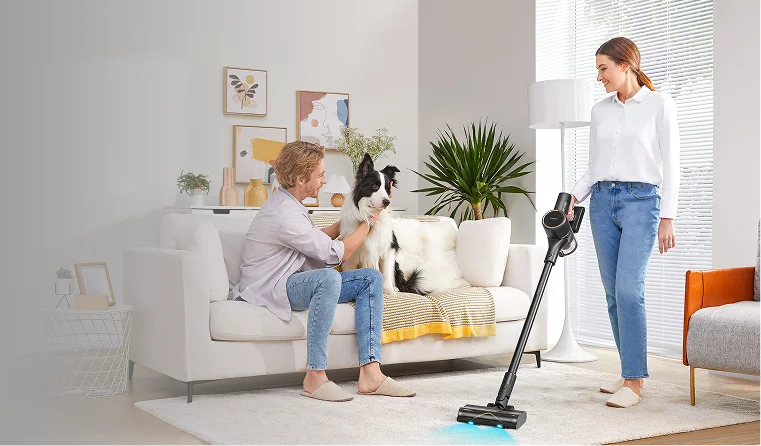
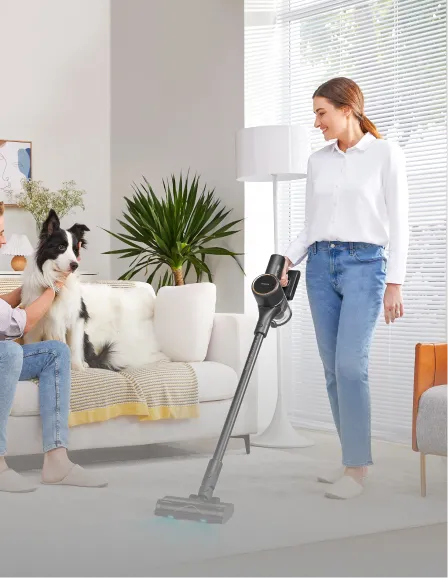
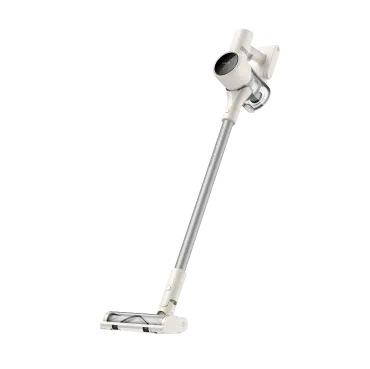
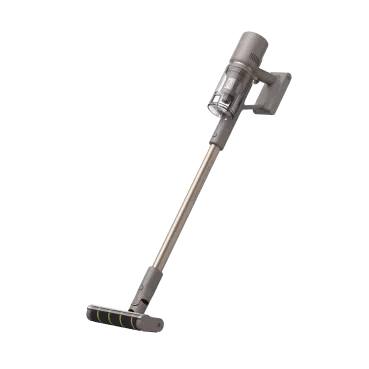
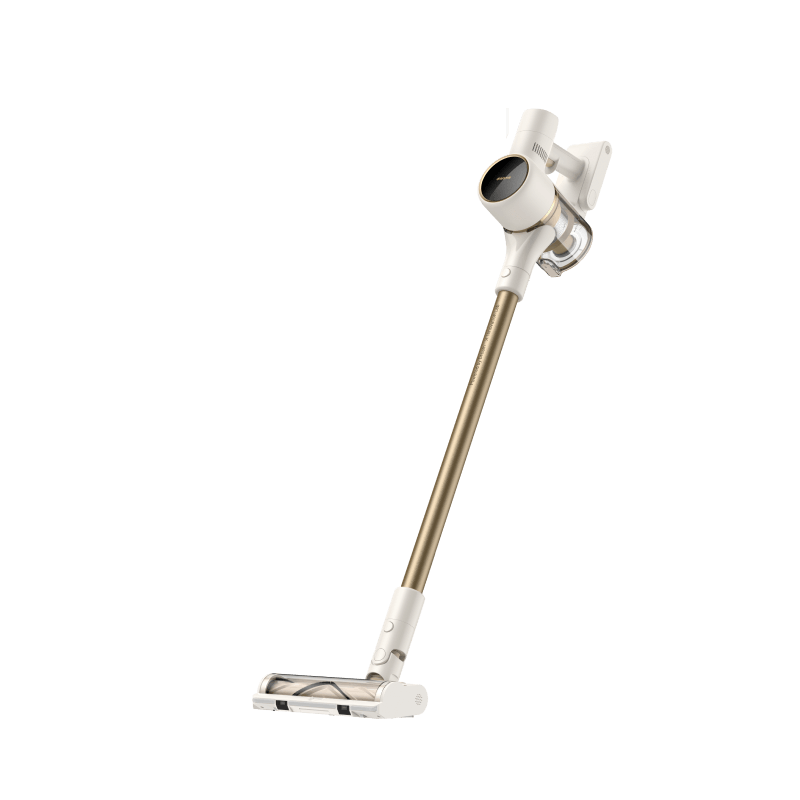
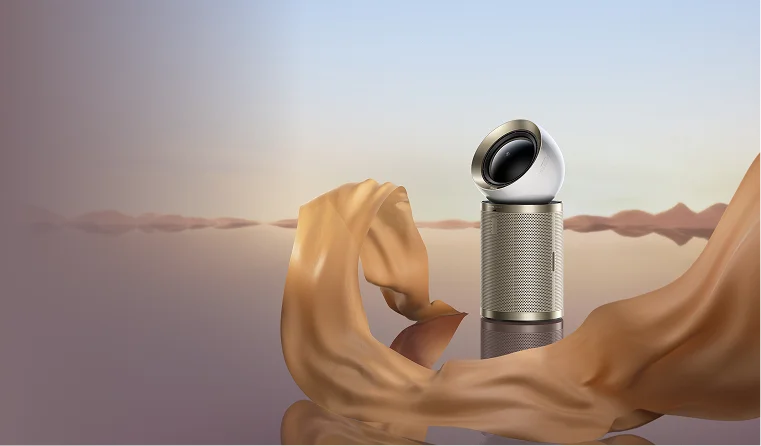
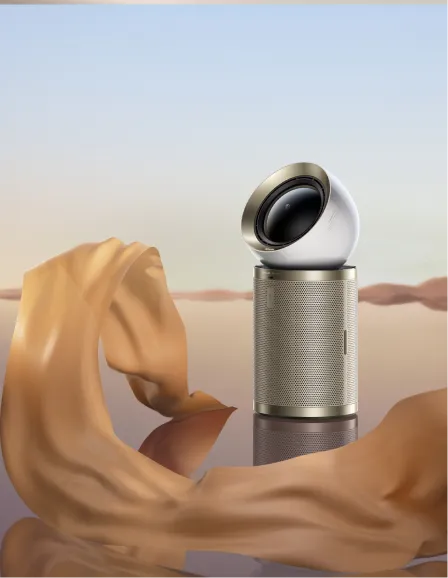

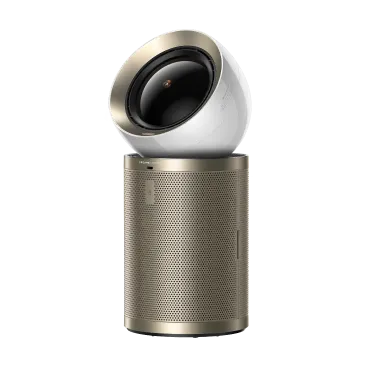

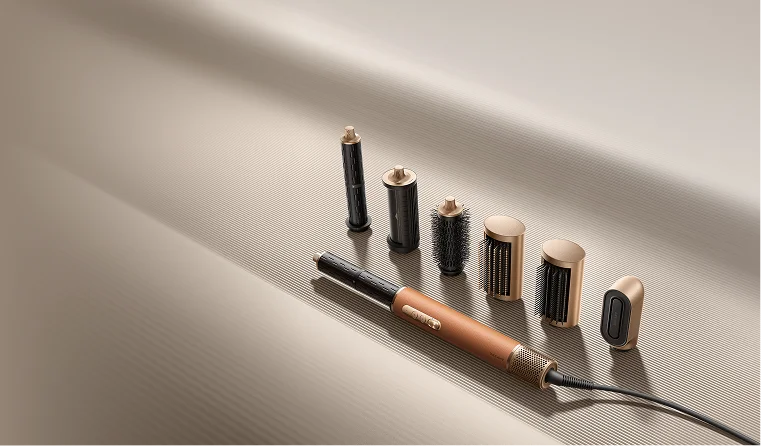
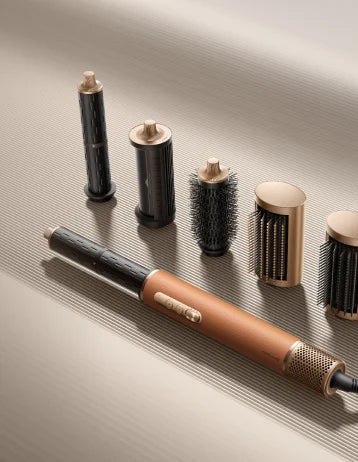
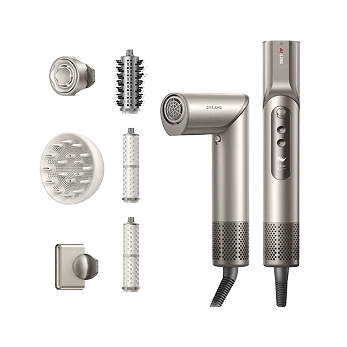
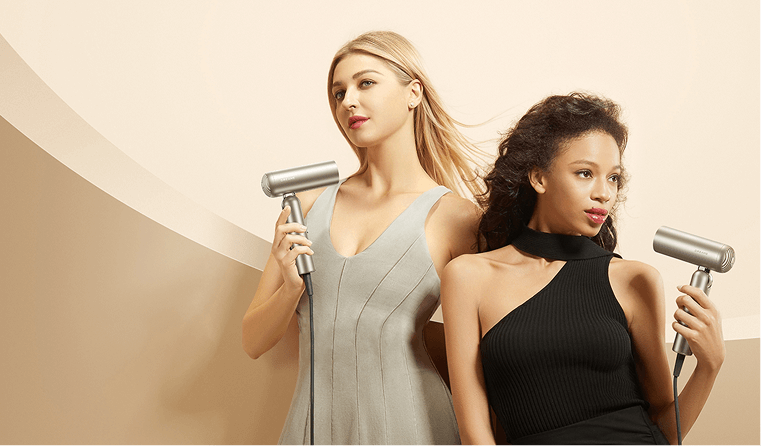

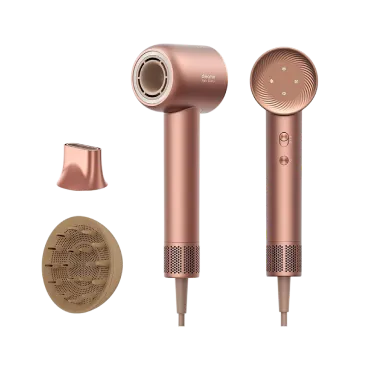
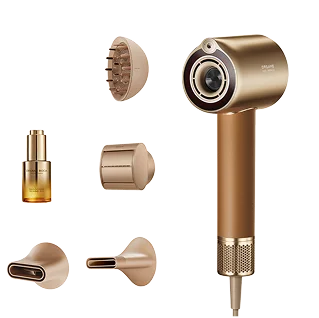




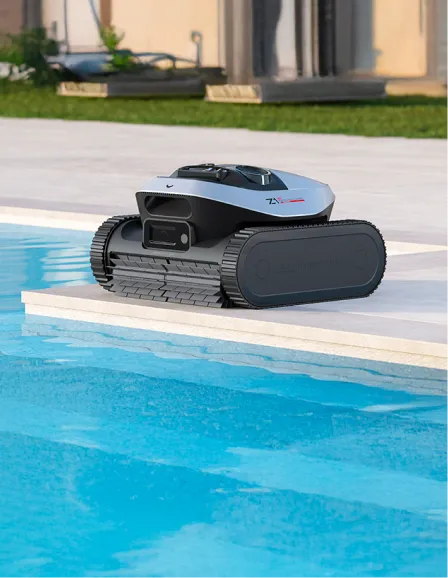
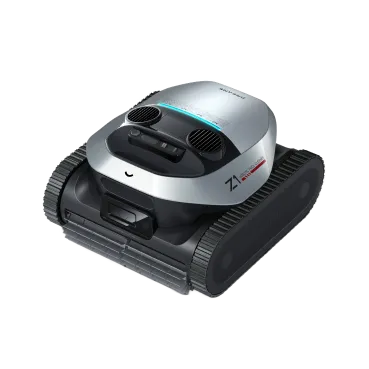
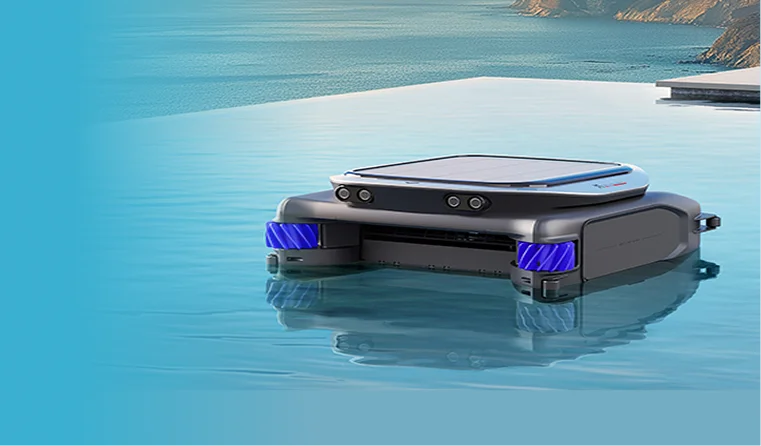











 Australia
Australia 中国大陆
中国大陆 日本
日本


 Türkiye
Türkiye


 Italia
Italia
 Netherlands
Netherlands Belgium
Belgium
 Greece
Greece Polska
Polska
 Norway
Norway
 Sweden
Sweden
 Finland
Finland
 Denmark
Denmark
 Hungary
Hungary Czechia
Czechia
 Slovenia
Slovenia
 Croatia
Croatia
 Switzerland
Switzerland United Kingdom
United Kingdom
 Canada
Canada


